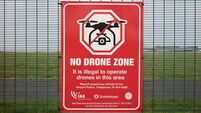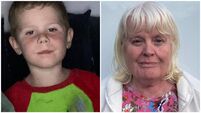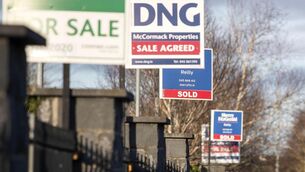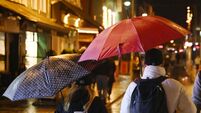Drink driving young men a real problem, says RSA
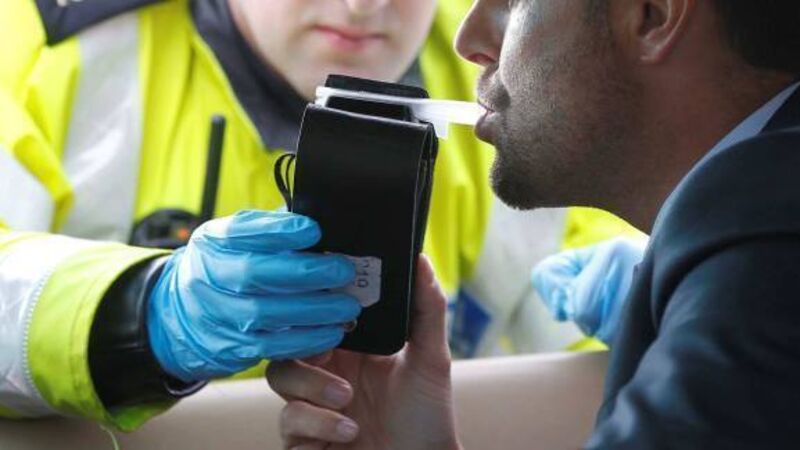
Transport Minister Shane Ross described the figures as “pretty shocking”, saying there was “little doubt” the figure had gone up further since the analysis.
A detailed report by the Road Safety Authority, examining fatal collisions between 2008 and 2012, found alcohol was a “contributory factor” in 38% of cases involving drivers, motorcyclists, cyclists, and pedestrians. Drivers of cars and motorcycles were involved in 29% of all cases, and three out of four of these were aged between 16 and 34.







